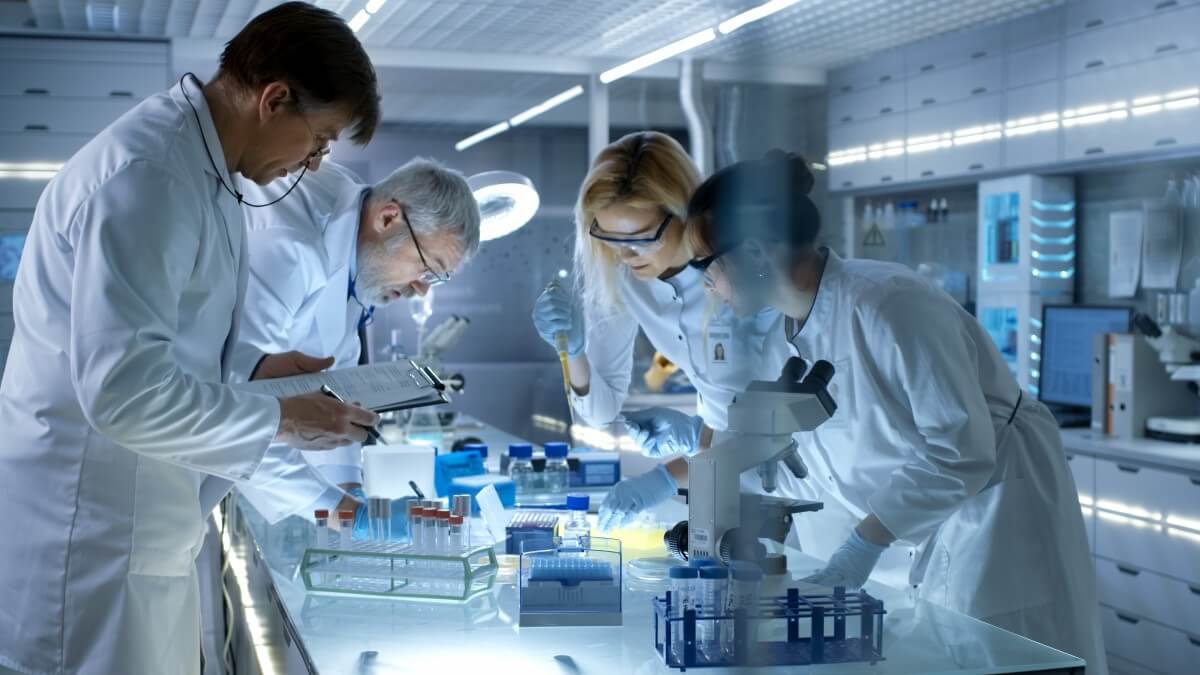
For formulation research scientist Mallesh Kurakula, the excitement of research lies in unwrapping the small-scale advances that have inherence to lead to big breakthroughs.
“Majority of my doctoral and postdoctoral research tasks were focused on understanding stages of drugs from discovery to designing strategies to deliver high safety and efficacy”. Dr. Mallesh explains “During my Ph.D. I was actively working on the Utilization of Biodegradable Smart Polymers to Develop and Evaluate Thermosensitive Hydrogel-based Nanocrystals for Control Drug Delivery of Statins (Atorvastatin) for Enhanced Anti-Hyperlipidemic activity”. The research project being successful was published in high impact factor ISI indexed journals that received great citations from the scientist across the globe1,2.
Dr. Mallesh also adds few insights on his current exciting and challenging project at the University of Memphis, TN, USA. “The world suffers from a shortage of new antibiotic discovery and limitation of existing drugs failing to reach their therapeutic outcomes and their intended use. The concept of drug repurposing is a grey area that is gaining momentum especially during this COVID-19 times,” Kurakula says. “Reorienting existing classical statin drugs to unmet clinical needs such as bone regenerative medicine paves the way as a new therapeutic indication that is thought-provoking and thrills me visualizing it’s impact on clinical effectiveness.”
Kurakula says it was his passion for the development of multitargeted biomedical and pharmacotherapy approaches as feasible treatments for patients with neuromuscular disorders- such as spinal cord injuries or bone defects or diseases- that made him realize the importance of applied biomedicine research. On average there are 2 million traumatic extremity bone injuries resulting from road mishaps and military wars that impedes an individual life. Apart from grafting procedures, still, there is a growing concern for unfulfilled treatment options that aid faster bone regeneration. Dr. Kurakula adds “ To overcome this problem, we are working to repurpose statin (Simvastatin-SMV) and locally deliver as an alternative to BMP-2 for inhibiting osteoclast, activating Vascular Endothelial Growth Factor (VEGF) and Tumor Growth Factor- β (TGF-β) that are important to bone healing processes via state of the art electrospun chitosan membranes (ESCM) as guided bone regeneration membrane (GBR). These GBR will be administered as an implantable medical device (Class III) that will be an effective adjunctive therapy for further stimulating bone formation, especially in large traumatic craniomaxillofacial defects”3. These medical devices are developed in-line with strict regulatory guidelines of the USA (FDA, ASTM), European countries.
“Extensive understanding of the in-vitro and in-vivo models for bone regeneration could help us determine the possible pharmacological targets that can be tested for bone and tissue regeneration purposes,” Kurakula Says.
Kurakula credits some of his research success so far to his mentors while working across Europe, the USA, and the Middle East, whose experiences, advice support helped Kurakula to realize his passion, overcome challenges in translating research into commercially viable products, particularly Prof. Joel D Bumgardner.
“I admire Prof. JDB for helping me to shape into a better professional, one who can deliver any work with passion, patience, and perseverance,” Kurakula says. And it is that passion that propels him inside and outside the laboratory.
“I relish drenching the mind and body in research to investigate unique biomedical questions and find logical, evidence-based answers,” Kurakula says. “However, outside the lab, I’m an idealist who constantly wants to explore the additional possibility of designing simple, cost-effective, and safe regenerative medicine that has a broad impact on an individual lifestyle”.
Notable highly cited publications* (Source: Google Scholar)
- Kurakula, M*., El-Helw, A.M., Sobahi, T.R. and Abdelaal, M.Y., 2015. Chitosan-based atorvastatin nanocrystals: effect of cationic charge on particle size, formulation stability, and in-vivo efficacy. International journal of nanomedicine, 10, p.321. https://doi.org/10.2147/IJN.S77731
- Kurakula, M. and A Ahmed, T., 2016. Co-delivery of atorvastatin nanocrystals in PLGA based in situ gel for anti-hyperlipidemic efficacy. Current Drug Delivery, 13(2), pp.211-220. https://doi.org/10.2174/1567201813666151109102718
- Murali, V.P., Fujiwara, T., Gallop, C., Wang, Y., Wilson, J.A., Atwill, M.T., Kurakula, M., and Bumgardner, J.D., 2020. Modified Electrospun Chitosan Membranes for Controlled Release of Simvastatin. International Journal of Pharmaceutics, p.119438. https://doi.org/10.1016/j.ijpharm.2020.119438
Author Bio
Dr. Mallesh Kurakula
Department of Biomedical Engineering,
The Herff College of Engineering,
The University of Memphis, TN, USA 38152
Email: mkrakula@memphis.edu
Google Scholar: Google Scholar/mallesh-kurakula
LinkedIn: www.linkedin.com/in/mallesh-kurakula
Website: https://www.thejdblab.com/
